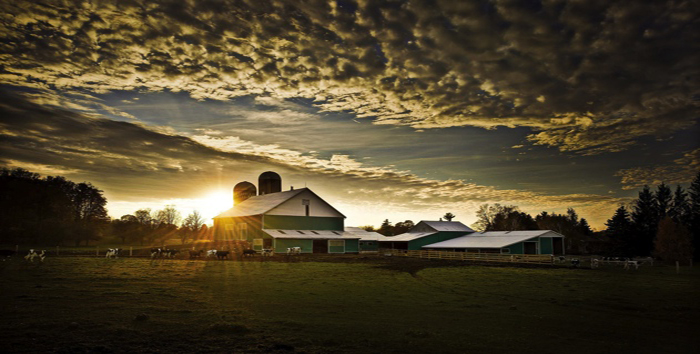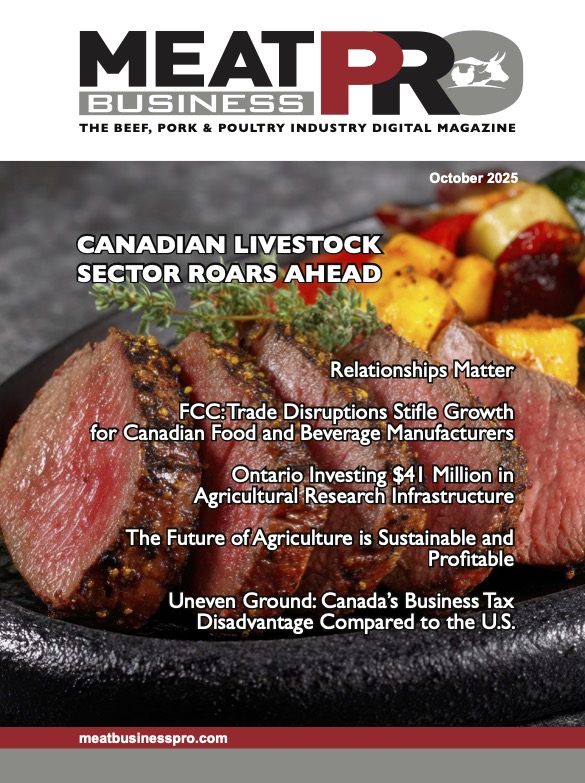FCC’s Farmland Value Report: Affordability of farmland remains low despite higher revenues and lower interest rates

Demand for Canadian farmland remained strong in 2020 due to record-low interest rates and improved crop production revenues. According to the FCC Farmland Values Report, farmland values increased 5.4% in 2020
Leigh Anderson – Farm Credit Canada (FCC)
Average farmland values have increased every year since 1993 and were more pronounced from 2011 to 2015. Since then, Canada has seen more moderate single-digit increases. But despite low interest rates and high farm revenues in 2020, affordability was at its second-lowest level in the last 20 years.
In this post, we look at the farmland values report findings through the lens of ownership costs.
“Elevated payment/revenues ratios suggest that observing farmland purchases with a negative net cash flow is possible in the current environment”







 Source: FCC calculations.
Source: FCC calculations. Source: FCC calculations.
Source: FCC calculations.



